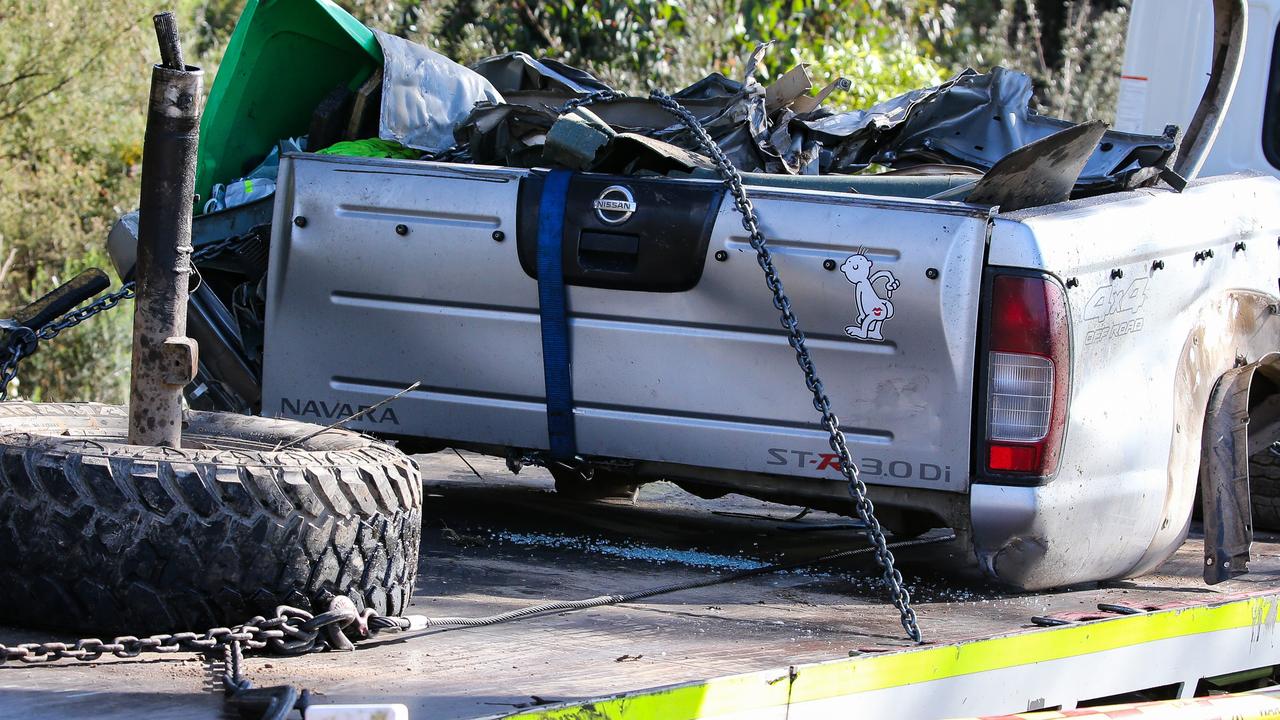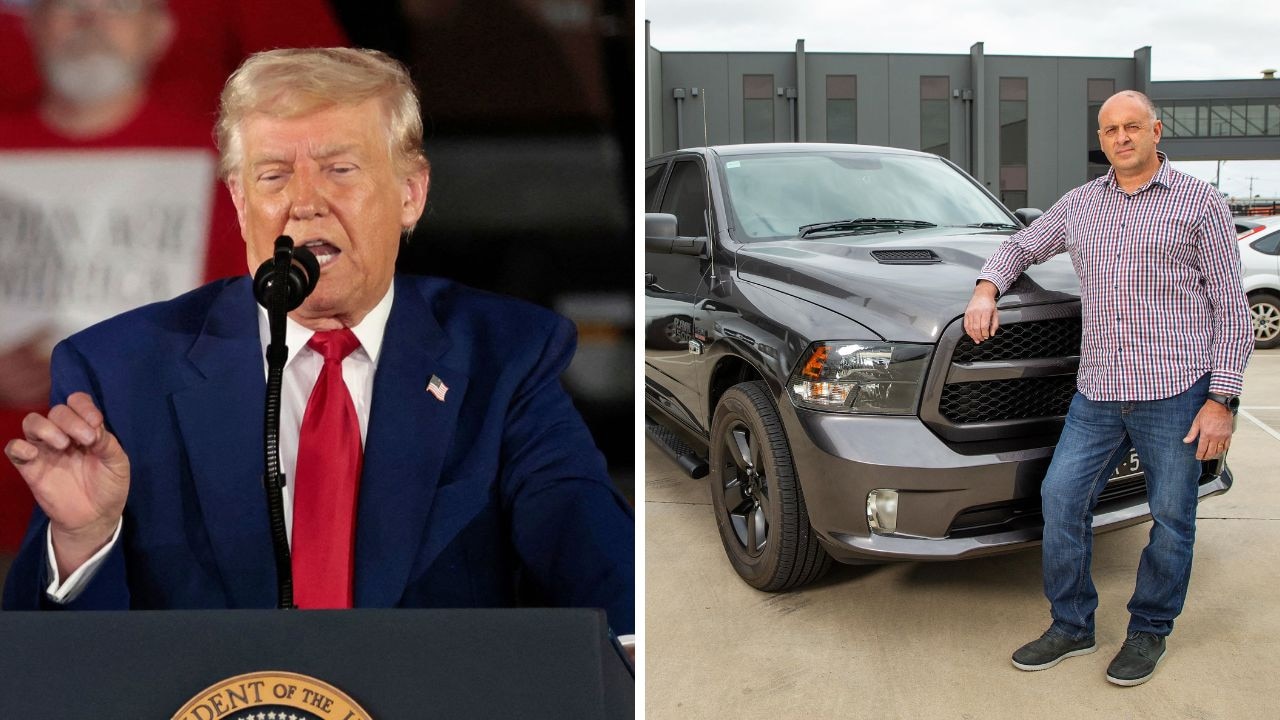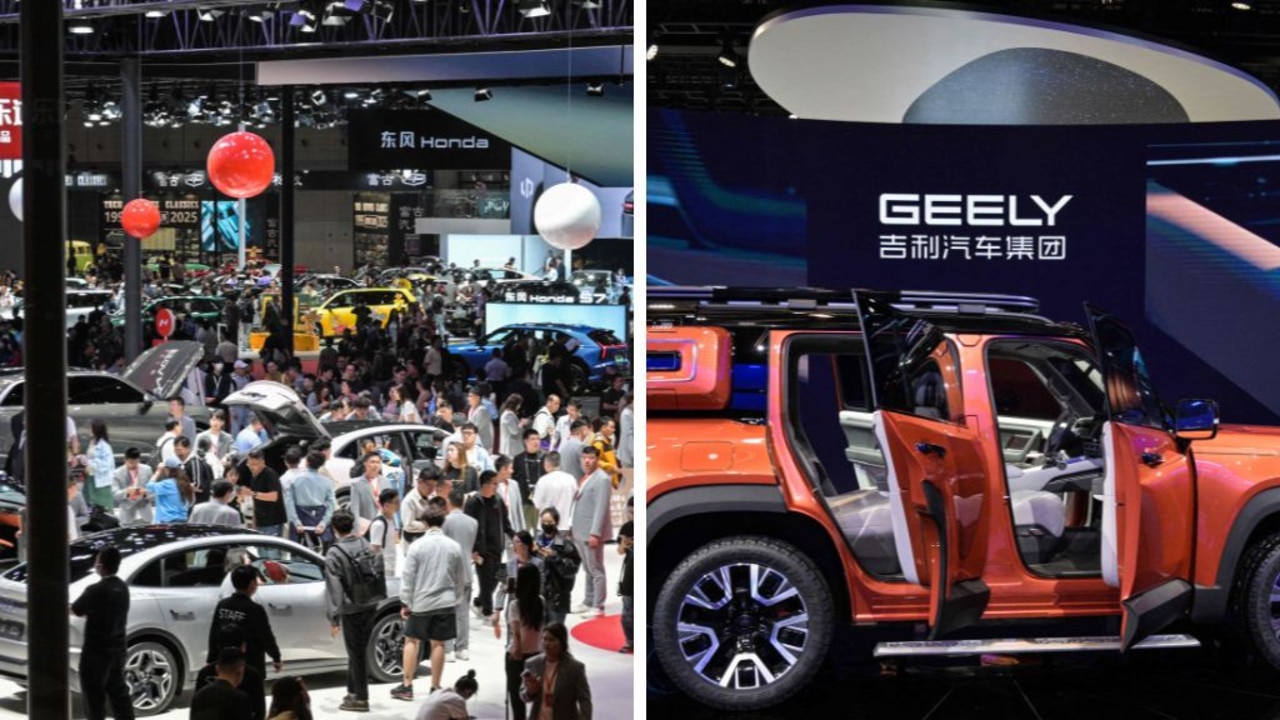Seven innovations making cars safer
SPONSORED: Sadly, automated cars are a long way off in Australia (something about those pesky, unpredictable kangaroos?) and personal jet packs remain ideas of science fiction. But there’s a wave of newfangled automated safety features making the roads safer for everyone.

This article was created in partnership with MG Motor Australia.
Back in the day, Australian families piled into the ubiquitous wagon, bouncing without seatbelts or airbags. Advanced safety might have included a hopeful glance at the pendant dangling on the rearview mirror and the confidence in one’s own reaction time to slam on the brake. Spare a thought for the driver at a time when reckless driving was considered king.
A sobering number: 3798, the lives lost to road fatalities in 1970. It was the worst year ever for road deaths in Australia, triggering a range of road safety policies including mandatory seat belts. Today, Australians are nearly seven times less likely to die from road injury now than in 1970, despite there being almost four times more cars on the road.
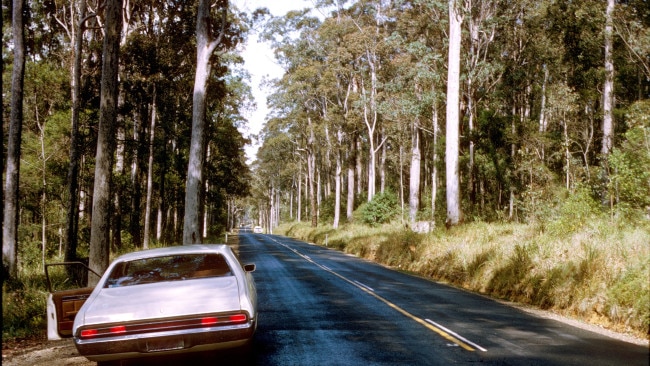
From the compulsory introduction of seatbelts to the invention of pedestrian crossings and tougher drink and drug driving penalties, a legacy of policies and innovations are keeping everyone inside and outside the car safer. Better still, manufacturers nowadays focus as much on equipment preventing accidents before they happen as much as the features designed to soften the blow when mistakes happen. There are so many newfangled safety systems, you might not even be aware of what’s packed in your current or next car. Here’s how a few of them work.
CHECK YOUR BEHIND
The blind spot at the rear of the car was once known as the ‘kill zone’, the reason for many tragic driveway deaths. Rearview cameras first appeared in some vehicles in 1991 and have become a staple of car safety technology ever since, particularly crucial for high-sitting cars like SUVs. Nowadays, it’s second nature to check the high-resolution rearview-camera for something hiding from view, like a child playing, or a family pet snoozing.
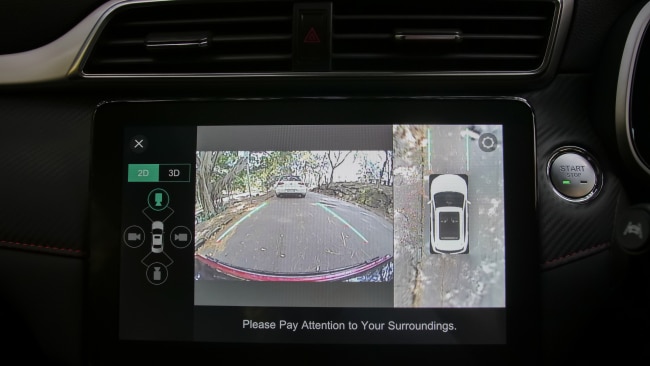
PREVENT A COLLISION BEFORE IT’S TOO LATE
It’s the responsibility of the driver to stay alert and monitor the road ahead, but sometimes it’s not possible to be across absolutely everything. Always scanning the road, pre-collision technology, a combination of laser, radar and camera, alerts the driver of potential collisions with vehicles in front of them. Automated emergency braking systems can stop the car if it registers the driver isn’t slowing down ahead of a collision, obstruction or slowed-down traffic. According to Budget Direct, hitting animals accounts for 5 per cent of all collision types and the most common collision involves kangaroos. Kangaroo collisions account for 9 out of 10 road accidents involving animals.
STICK TO YOUR LANE
Many rural incidents happen when tired or distracted drivers veer off the road at high speed. Lane departure technology uses tiny cameras to monitor the road ahead, detecting lane markings or the road edge, alerting the driver if the car veers off course and gently nudging it back to the straight and narrow. Too many alerts will often alert the driver to stop and take a break.
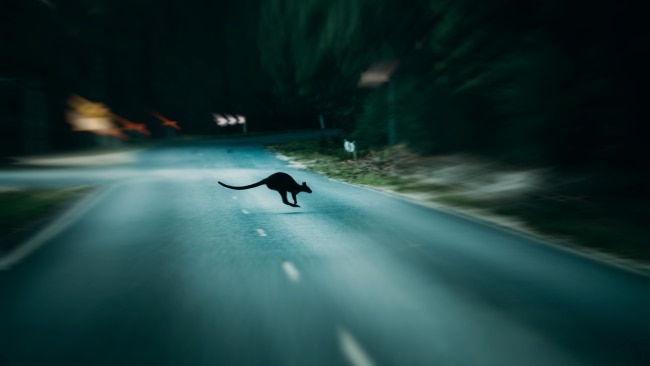
TAKE CRUISE CONTROL UP A NOTCH
When the technology was first introduced, cruise control seemed like a magical thing. Intelligent cruise control takes things up a notch by maintaining a constant distance from the car in front, up to your selected maximum speed. If the car ahead slows or increases speed, your vehicle automatically follows suit.
HANDLE HEAVY TRAFFIC JAMS
A combination of adaptive cruise control and lane assist can help the driver deal with congested traffic, assisting with steering, braking and accelerating as the traffic stops and starts. Partially automated, it makes the bore of sitting in traffic more comfortable and safer, avoiding rear-end collisions so typical of traffic jams.
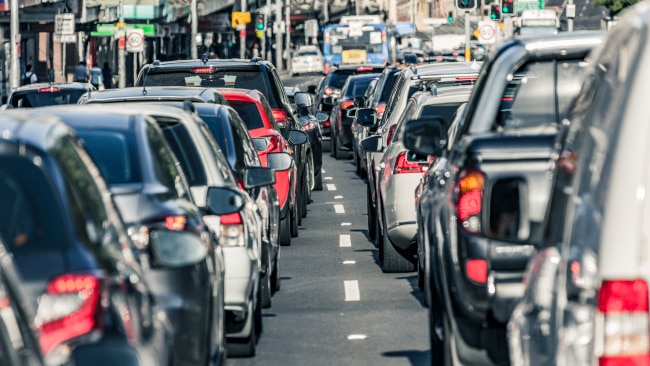
HAVE EYES WHERE YOU CAN’T SEE
If you’re reversing out of a driveway or 90-degree angle parking spots, it can be impossible to see if there’s traffic approaching at right angles behind you. Rear cross-traffic assist acts like antennae eyes for the car, using sensors to monitor the road on either side, giving a visual and audible warning if something is coming. If there’s a risk of a collision, it warns you and applies the brakes. Blind-spot monitoring sensors can also warn passengers not to open the doors on a parked car if traffic, like a bike or skateboarder, is approaching from behind. When you’re driving and changing lanes, sensors can alert you to blind spots, like motorists you might not have seen.
AUTOMATION AND CONNECTED CARS
Semi-autonomous features like auto-brake, collision warning, blind-spot detection and lane assist are just some of the systems ushering in a new age of safer driving.
While these features are remarkable, automation can open the door to greater distractions. In a 2018 TED talk, Dr Reimer mused, “Who would have thought automating simple things like shifting gears would have made it so much easier to pick up the smartphone? With increased automation comes increased responsibility.” Bottom line: A fully present driver is the single most effective safety feature available. Best of all, it’s free and can be used by everyone.
The top four causes of fatal car accidents in Australia in 2016 were due to speeding, alcohol consumption, driver fatigue and inattention/distraction while driving – all preventable, human factors. Thanks to technological advancement like artificial intelligence and 5G, completely autonomous cars are on the horizon and with them will bring in a new age of safety. Perhaps in the future, we’ll be able to take a siesta as our car transports us from A to B. Cars will ‘talk’ with one another, warning one another about upcoming obstructions, or teaching one another about how to handle different road conditions, like ice or snow. What a time to be alive.
This article was created in partnership with MG Motor Australia.
Check out MG’s Pilot technology in the all-new MG ZST here.

